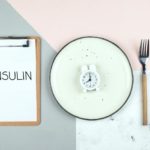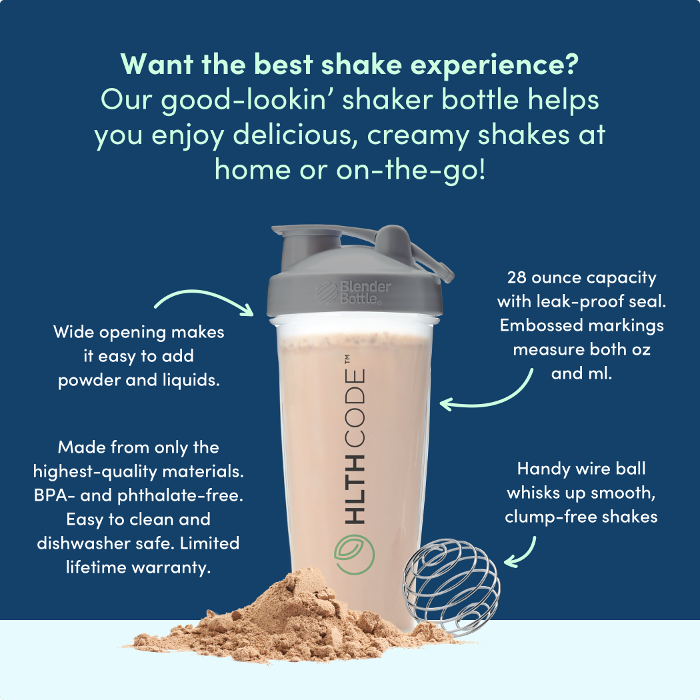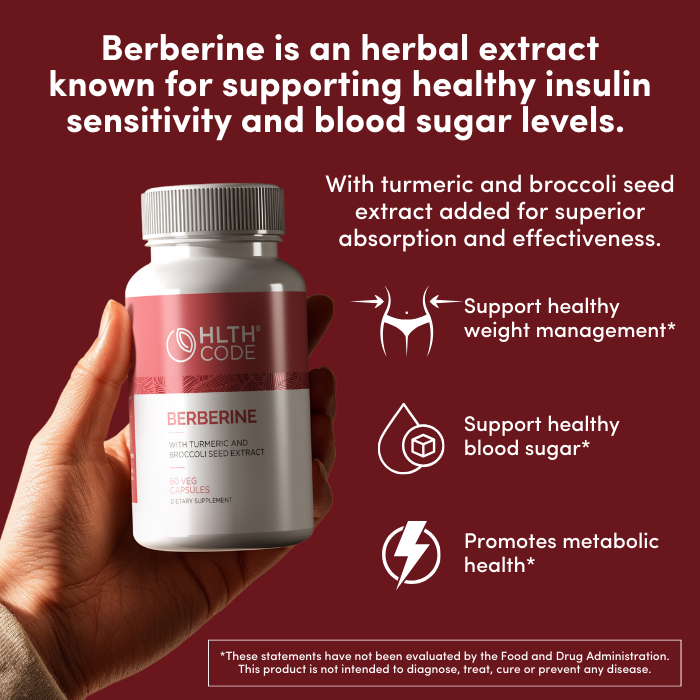How long does it take to reverse insulin resistance?

Insulin resistance, a condition in which cells fail to respond to the hormone insulin, is one of the most prevalent health issues worldwide and is growing rapidly. It’s a precursor to type 2 diabetes, metabolic syndrome, and other serious health complications. The good news is that with the right approach, it’s possible for many people to reverse insulin resistance and restore metabolic health. In this article, we’ll explore the timeline for reversing insulin resistance and outline recommended steps backed by scientific research.
Understanding Insulin Resistance:
Insulin is a hormone produced by the pancreas that helps regulate blood sugar levels by facilitating the uptake of glucose into cells. In insulin resistance, cells become less responsive to insulin’s signals, leading to elevated blood sugar levels and increased insulin production by the pancreas. This is almost always caused by our diet – rich in refined carbohydrates and excess sugar. Over time, this can lead to chronically high blood sugar levels, inflammation, and metabolic dysfunction.
Timeline for Reversal:
The timeline for reversing insulin resistance can vary depending on individual factors such as age, genetics, diet, lifestyle, and the severity of insulin resistance. While some people may experience improvements in a matter of weeks, others may require several months or even years to achieve significant reversal. However, research suggests that meaningful improvements can be achieved quickly with consistent effort and adherence to a healthy lifestyle, including the following steps.
Recommended Steps:
- Dietary Modifications:
- Low-Carb Diet: Adopting a low-carbohydrate diet can help improve insulin sensitivity by reducing the amount of glucose entering the bloodstream. Studies have shown that low-carb diets can lead to significant reductions in insulin levels and improvements in insulin sensitivity1.
- Healthy Fats: Incorporating healthy fats such as those found in avocados, coconuts, nuts, and olive oil can help stabilize blood sugar levels and improve insulin sensitivity2.
- Fiber-Rich Foods: Consuming fiber from vegetables, select fruits and legumes can help slow down the absorption of glucose and improve insulin sensitivity3.
- Regular Exercise:
- Aerobic Exercise: Engaging in regular aerobic exercise, such as walking, jogging, cycling, or swimming, can help lower blood sugar levels, improve insulin sensitivity, and promote weight loss4.
- Strength Training: Incorporating strength training exercises into your routine can help increase muscle mass, which plays a key role in glucose metabolism and insulin sensitivity5.
- Weight Management:
- Healthy Weight Loss: Achieving and maintaining a healthy weight through a combination of diet and exercise is essential for reversing insulin resistance. Even modest weight loss can lead to significant improvements in insulin sensitivity6.
- Stress Reduction:
- Mindfulness and Relaxation Techniques: Practicing mindfulness meditation, deep breathing exercises, or yoga can help reduce stress levels and cortisol, which improve insulin sensitivity7.
- Adequate Sleep:
- Quality Sleep: In general, prioritize getting 7-9 hours of quality sleep each night, as insufficient sleep can disrupt hormonal balance and contribute to insulin resistance8.
- Medication:
- In severe cases of insulin resistance or when lifestyle modifications alone are not sufficient, medication may be prescribed by a healthcare professional to help improve insulin sensitivity and blood sugar control9.
Conclusion:
For most people, reversing insulin resistance is achievable with dedication, consistency, and the right approach. By making dietary modifications, engaging in regular exercise, maintaining a healthy weight, managing stress, prioritizing sleep, and, if necessary, seeking medical guidance, individuals can take significant steps toward restoring metabolic health and reducing their risk of developing type 2 diabetes and other related complications.
By adopting these evidence-based recommendations, individuals can empower themselves to take control of their health and improve their overall quality of life.
References
- Westman, E. C., Yancy, W. S., Mavropoulos, J. C., Marquart, M., & McDuffie, J. R. (2008). The effect of a low-carbohydrate, ketogenic diet versus a low-glycemic index diet on glycemic control in type 2 diabetes mellitus. Nutrition & metabolism, 5(1), 36.
- Paniagua, J. A., Gallego de la Sacristana, A., Romero, I., Vidal-Puig, A., Latre, J. M., Sanchez, E., … & Perez-Martinez, P. (2007). Monounsaturated fat-rich diet prevents central body fat distribution and decreases postprandial adiponectin expression induced by a carbohydrate-rich diet in insulin-resistant subjects. Diabetes care, 30(7), 1717-1723.
- Weickert, M. O., Mohlig, M., Schofl, C., Arafat, A. M., Otto, B., Viehoff, H., … & Pfeiffer, A. F. H. (2006). Cereal fiber improves whole-body insulin sensitivity in overweight and obese women. Diabetes care, 29(4), 775-780.
- Colberg, S. R., Sigal, R. J., Yardley, J. E., Riddell, M. C., Dunstan, D. W., Dempsey, P. C., … & Tate, D. F. (2016). Physical activity/exercise and diabetes: a position statement of the American Diabetes Association. Diabetes care, 39(11), 2065-2079.
- Dunstan, D. W., Daly, R. M., Owen, N., Jolley, D., De Courten, M., Shaw, J., & Zimmet, P. (2002). High-intensity resistance training improves glycemic control in older patients with type 2 diabetes. Diabetes care, 25(10), 1729-1736.
- Wing, R. R., & Phelan, S. (2005). Long-term weight loss maintenance. The American journal of clinical nutrition, 82(1), 222S-225S.
- Chiesa, A., Serretti, A., & Jakobsen, J. C. (2015). Mindfulness: Top-down or bottom-up emotion regulation strategy?. Clinical psychology review, 37, 82-96.
- Nedeltcheva, A. V., Kilkus, J. M., Imperial, J., Schoeller, D. A., & Penev, P. D. (2010). Insufficient sleep undermines dietary efforts to reduce adiposity. Annals of internal medicine, 153(7), 435-441.
- DeFronzo, R. A., & Abdul-Ghani, M. (2011). Preservation of β-cell function: the key to diabetes prevention. Journal of clinical endocrinology & metabolism, 96(8), 2354-2366.
This article is for informational and educational purposes only. It is not, nor is it intended to be substitute for professional medical advice, diagnosis, or treatment and should never be relied upon for specific medical advice.



















